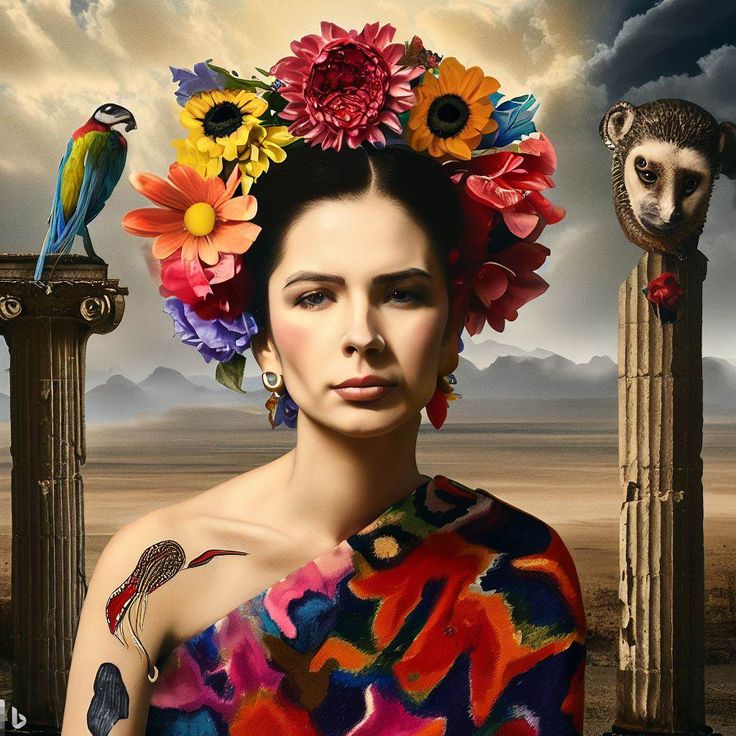Cultural awareness through art and craft serves as a vital conduit for understanding the complexities of diverse societies. As globalization steadily intertwines disparate cultures, there exists a profound observation: individuals become increasingly captivated by art forms and crafts that originate from cultures distinct from their own. This fascination often springs from a deeper appreciation of the narratives encapsulated within these artistic expressions. This discourse will explore the interrelationship between cultural awareness and the realms of art and craft, examining its implications on society, identity, and communal experience.
At its core, art is an embodiment of cultural expression, a manifestation of the values, traditions, and histories of a community. When one encounters artwork belonging to a different culture, it often elicits a sense of curiosity and admiration. This response raises several pertinent questions: Why do certain motifs resonate with us? What stories do they tell? The appreciation of art as a universal language transcends geographical boundaries, promoting empathy and understanding for the lives and experiences of others.
Moreover, craft, often seen as a tangible extension of artistic endeavors, provides a unique lens through which to examine cultural idiosyncrasies. Artisans from varying backgrounds employ particular techniques and materials that are often rooted in their cultural heritage. For instance, the practice of intricate beadwork in Indigenous cultures carries with it the weight of tradition and history, encapsulating both artistic skill and communal identity. Engaging with such crafts allows individuals to appreciate not only the aesthetic beauty but also the rich stories that the art conveys.
As individuals immerse themselves in the art and craft of different cultures, they often experience a remarkable transformation in perspective. This cultural awareness fosters a greater appreciation for diversity and challenges the preconceived notions and biases that can arise from insularity. By actively participating in or supporting the arts from various cultural backgrounds, people can bridge the divide that often separates different communities. This enriched understanding ultimately contributes to a more cohesive society where respect and tolerance flourish.
Nonetheless, there lurks an avenue fraught with ethical considerations. While the fascination with cultural art can promote awareness, it also raises questions regarding cultural appropriation and the commodification of culture. Appropriation occurs when elements of one culture are taken by members of another culture, often without proper acknowledgment or respect for the significance attached to those elements. This practice can result in a superficial understanding of the culture from which these art forms derive. Thus, it becomes crucial to approach the appreciation of cultural art with a sense of responsibility and ethical mindfulness.
In advocating for cultural awareness, it is imperative to emphasize the importance of contextuality. Every piece of art or craft is steeped in the particularities of its cultural context, which often includes religious beliefs, social structures, and historical narratives. To appreciate cultural artifacts genuinely, one must engage with the cultural context they emerge from. Institutions such as museums and galleries have a pivotal role in this educational process. By offering context-driven exhibitions that include interpretations and narratives from the cultures represented, they can help mitigate misunderstandings and foster a more profound appreciation among viewers.
Community engagement in cultural art projects is another avenue to promote awareness and appreciation. Workshops that allow participants to learn traditional crafts under the guidance of artisans can facilitate an immersive experience. This interactive approach not only grants insight into the techniques and materials used but also encourages dialogue about the cultural significance behind the craft. Such experiences enrich participants, fostering connections between individuals from various backgrounds and ultimately strengthening the fabric of their communities.
Arts education is paramount in cultivating future generations who are sensitive to cultural differences and aware of the nuances embedded within art and craft. Including multicultural education within art curricula can enlighten students about diverse artistic traditions and histories. It encourages students to view cultural art as a means of exploration rather than mere entertainment. This foundational knowledge can inspire a generation of artists and admirers who approach cultural expression with the respect and reverence it deserves.
Furthermore, in examining the relationship between environmental issues and cultural awareness through art, one finds compelling intersections. Many forms of traditional art and craft are inherently tied to sustainable practices, reflecting the community’s relationship with their environment. For instance, the craftsmanship of Indigenous art often incorporates local materials sourced sustainably. As climate change endangers diverse ecosystems around the globe, understanding these cultural practices becomes increasingly vital. Art and craft can thus serve as advocacy tools, drawing attention to environmental issues while simultaneously promoting cultural heritage.
In conclusion, the intertwining of cultural awareness, art, and craft represents a powerful force for social change and community cohesion. The profound fascination with diverse artistic practices compels individuals to delve deeper into the rich tapestries of human experience, where art serves not only as a reflection of cultural identity but also as a bridge toward mutual understanding. Efforts to engage with cultural art must encompass respect, ethical considerations, and context, fostering appreciation while empowering communities to maintain their cultural legacies. Embracing these artistic expressions with mindfulness and intentionality can pave the way for a harmonious coexistence in an increasingly interconnected world.
